Laikipia
‘Awayoo,’ was how our head stockman Apurra said ‘how are you?’ in his texts from Pokot country, where I had sent him on a mission to search for thin tribal steers for us to buy. Now that we have plenty of pasture, we are looking for large-framed beasts that we can fatten and sell to the butchers. ‘Boss, Awayoo,’ Apurra’s message asks, with news that he has gathered a good mob of steers that are now being trekked to the farm.
When we first completed the electric fence, which now extends 15 kilometres around the entire ranch perimeter, I thought that was largely the end of the game for wildlife. Electricity flows like a river, a 6,000-volt stream, enough to kill an entangled zebra. Claire and the children were dismayed that I aimed to exclude wild animals in favour of productivity. I, on the other hand, rejoiced when I observed how, inside the fence, the pasture grew thickly into a rippling sea of red oat grass. After prolonged rains that continued through January, we had 1,000 hectares of grazing in good heart. This was a completely different picture from March of last year, when we were a dusty hell, overrun by scores of spearmen with their thousands of cattle. Though I expected the electric fence to stop the movement of game, the main aim was to prevent trespassing cattle and goats. The fence posts are just three feet high.
One evening I was on the farm boundary when I saw a harem of about 30 impala antelope leaping over the wire into us in a graceful ballet. Each night lion have been waking me up because they are simply crawling under the electric strands. One roared from a garden flowerbed so near my bedroom that I considered shutting the windows in case it joined me under the duvet. On the plains I encountered a cheetah on the summit of an anthill, angrily flicking his tail, presumably because the grass around him was so tall that he could not observe any animals to hunt. A resident leopard mauled one of our baby donkeys. Reticulated giraffe, rare in the world today, walked by the house like sailboats rocking on a gentle sea. At the barn I rumbled a herd of eland that guiltily ran off after raiding my haystack. The rocky west corner of the farm is now so infested with buffalo that I dare not take my evening run through there. To top it off, the elephant are back. I came face-to-face with them in thick wooded bush, seeing first a tusk and a wall of wrinkly grey hide. Two huge bulls have taken up residence in the valley, having broken through the fence as if it was cardboard, and to show their contempt for me they have made a point of pushing over a couple of trees in the garden.
Apurra’s cattle arrive without fanfare, a trekking line of skeletons emerging from between the dust devils of Pokot territory. Their crescent horns are too heavy and long for their narrow heads. Their hooves are so large they seem like children shuffling around in their mothers’ shoes. Skins are scarred with brandings that cover their entire bodies with tribal designs of whorls, zigzags and zodiac symbols. Some of the tattoos are cut into zebra stripes, which make a cow look very odd indeed.
Apurra comes out of the dust, a long thin weapon of a man, his body like a spear, his head a bullet. He writes awayoo because his father did not send him to school. He’s disgusted that he can’t spell or read properly and is passionate about his own children’s education. But what he knows about is cattle, though these creatures look to me like a terrible mistake. Their bones are almost splitting through their hides worn hairless and bleeding. They shiver with hunger.
At dawn we are ready to work with them. We pack them into the crush and haul their heads up to check their teeth and then look at their feet. Pokot cattlemen stand about in all their finery, waving wooden wands, spitting and laughing in their woolly hats, togas and tyre sandals. We weigh the cattle on the scale and I write a cheque for a huge amount of money. Then we dose the animals against worms, jab them against foot and mouth and lumpy skin disease — and brand them with our KH9 mark before sending them off to be dipped. By now I am drenched in cow spit and manure and the air is filled with the reek of burning hair from the branding.
The cattle will gain a kilo a day on our grass and we’ll sell them for slaughter at Christmas. It is hard to make any profit on them, but if the wildlife is to survive in northern Kenya then we have to trade with the nomadic tribes to buy in their cattle from overgrazed wastelands and reduce the burden on pasture. The destruction of habitat — grazing in open spaces — is the greatest thing driving the decline in wild animals. Not poaching. The irony is that now we have protected our grass, we’re giving it away again to the animals that find security within our boundaries, where we are now packing in the cows.
Got something to add? Join the discussion and comment below.
Get 10 issues for just $10
Subscribe to The Spectator Australia today for the next 10 magazine issues, plus full online access, for just $10.

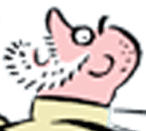
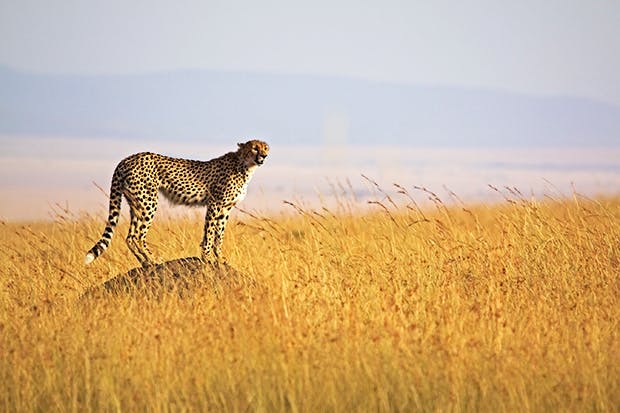
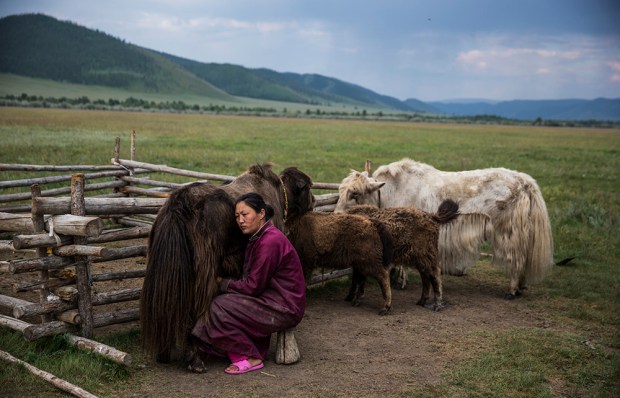
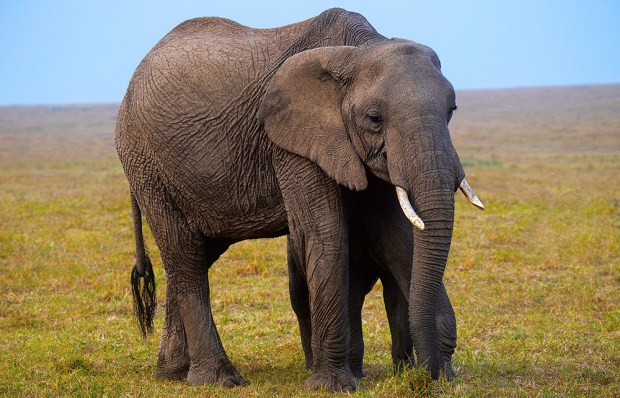
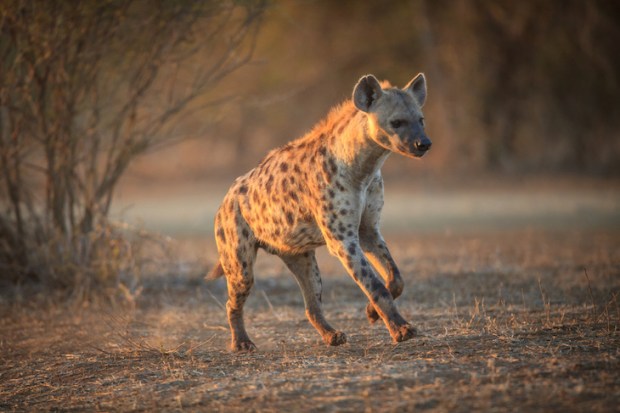
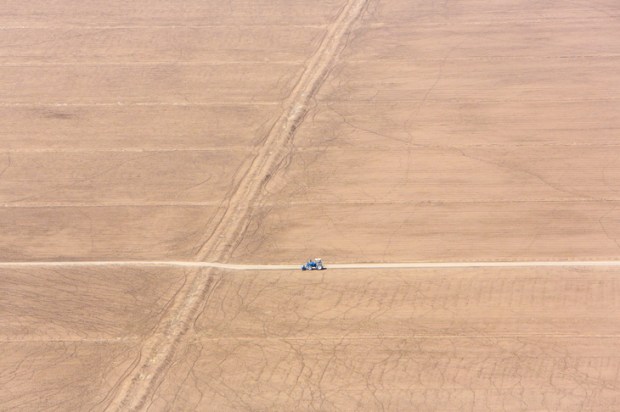
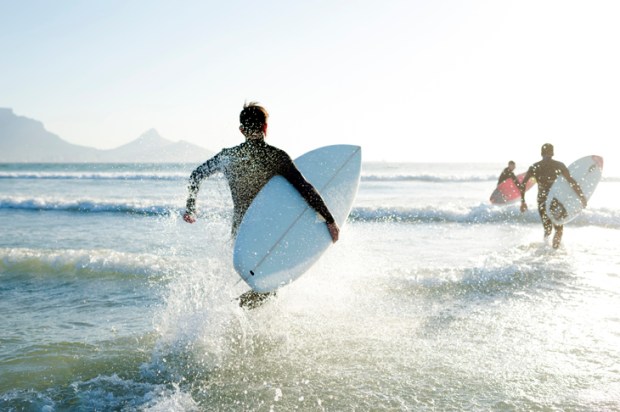
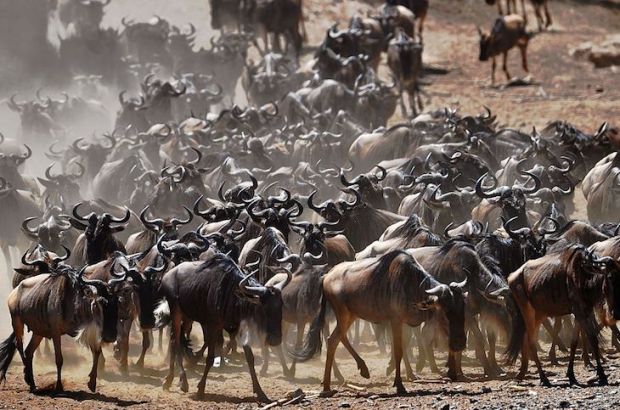






Comments
Don't miss out
Join the conversation with other Spectator Australia readers. Subscribe to leave a comment.
SUBSCRIBEAlready a subscriber? Log in